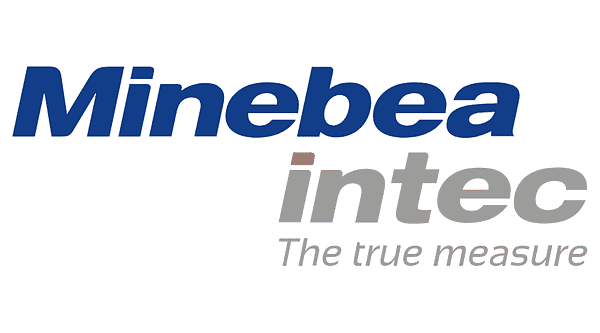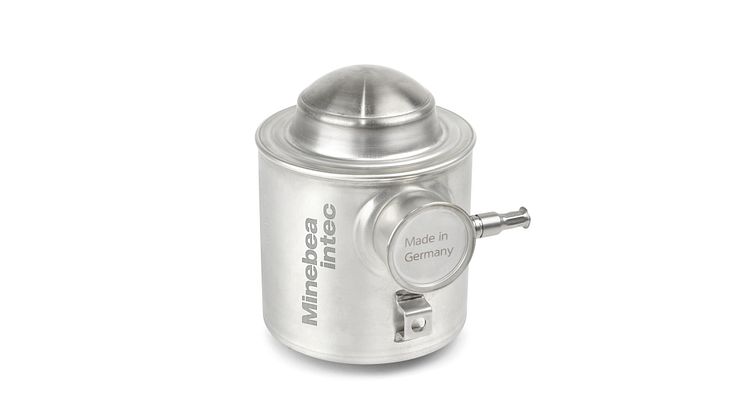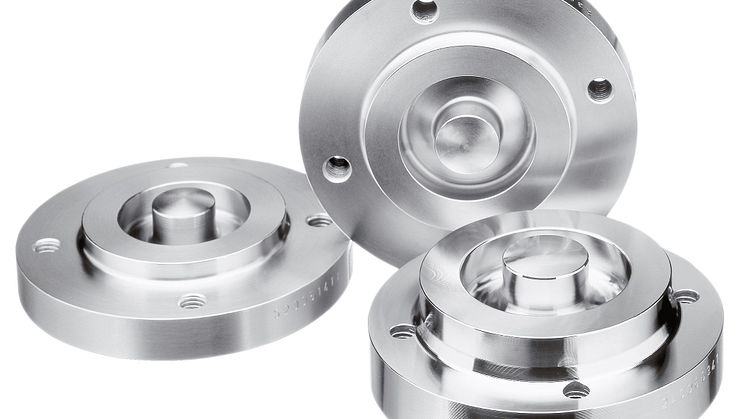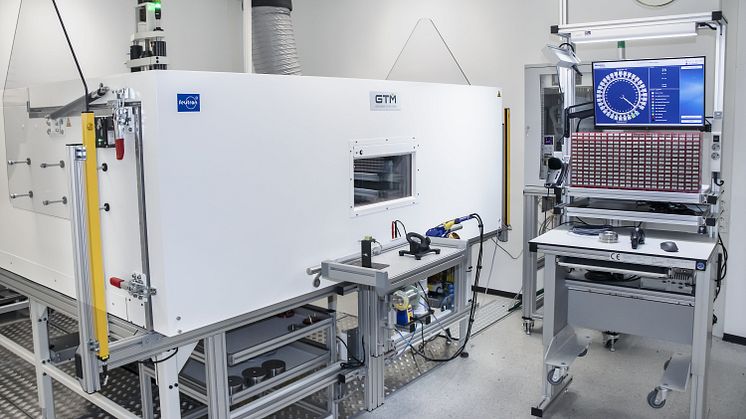
Press release -
Precise level control - with the right technology
Whether in silos, tanks or process containers - the exact detection of fill levels is crucial for stable, safe and economical production processes. However, many common measuring methods quickly reach their limits in practice. This technical article compares established technologies such as radar, ultrasound or capacitive sensors with the gravimetric method - and shows why weighing technology is superior where it really matters.
In many sectors, such as the Food, Chemical and Pharmaceutical industries, precision is one of the key requirements in daily production operations. Reliable level measurement plays a decisive role here - whether it is to avoid being overfilled, to ensure material availability for dosing processes or for continuous process control. The selection of suitable measurement technology depends on a variety of influencing factors: from product properties and structural conditions to regulatory requirements in sensitive areas. A central requirement is to reliably and accurately determine the actual content of a container under all conditions - regardless of shape, medium or environment.
Traditional measuring methods and their limitations
In practice, various measuring principles are used - from radar and microwave sensors to ultrasonic and capacitive methods through to hydrostatic or optical systems. However, many of these technologies only record an indirect measured value - such as the distance to the surface or the pressure at the bottom of the container - from which the fill level is calculated. This inevitably leads to uncertainties, for example in the case of foam or bridge formation, uneven pouring cones, caking or variable density.
Industrial experience, for example at the chemical company Solvay Fluor in Frankfurt, also shows the practical limits of conventional systems. There, non-contact measuring methods led to unsatisfactory results, as changes in temperature and density severely impaired accuracy. The solution was only found by retrofitting the PanCake load cells® series by Minebea Intec, a leading global manufacturer of weighing and inspection technologies, which enabled precise and reliable level measurement by weight - with a maximum deviation of just 1.1 %, compared to around 2.5 % with the previous methods.
Gravimetric measurement: objective, non-contact, precise
Unlike all other methods, gravimetric level measurement does not measure a derived process signal - it measures the mass. Load cells such as the PanCake® or Inteco® record the weight of the entire container including its contents - regardless of material properties, density changes or form factors. The result is a consistently precise, linear measurement across the entire filling range - even with demanding media such as viscous liquids, bulk materials or aggressive chemicals.
Another advantage: the sensor technology is located completely outside the container. This eliminates the need for perforation of the container which means the elimination of the effects of incrustations, corrosion and error-prone calibrations. This is particularly important for hygiene-critical applications in food or pharmaceutical production. Load cells in hygienic design are CIP/SIP-capable, cleanroom-compatible and have been developed in accordance with EHEDG and FDA requirements.
Process reliability and cost-effectiveness - a system that pays off
The PanCake® load cells have been specially developed for retrofitting and integration into existing systems. They can be installed quickly and without any structural changes to the container - a clear advantage over alternatives such as radar or ultrasonic technology. Internal analyses and market comparisons show: Savings of up to 50 % can be achieved even on the acquisition costs.
The PanCake® also impresses with low overall costs during operation. Maintenance is practically unnecessary as there are no wearing parts. At the same time, the measuring accuracy remains stable for years. This reduces service costs and extends the service life - factors that significantly improve the total cost of ownership.
Level monitoring even under extreme conditions
Whether in potentially explosive atmospheres or at highly fluctuating temperatures: gravimetric weighing systems that use sensors such as the PanCake load cells® are certified for extreme conditions (ATEX, IECEx) and offer maximum safety. In Industries such as the chemical industry, where toxic, highly flammable or particularly viscous media are used, this is a decisive advantage. At Solvay Fluor, the introduction of PanCake®load cells has not only improved process safety, but has also demonstrably made the entire level measurement process more efficient.
Future-proof through digital integration
Another advantage of gravimetric systems is their digital connectivity. Modern Weighing electronics such as the MiNexx weighing indicators®can be easily integrated into existing control systems - whether via analogue interfaces or digital standards such as ProfiNet, Ethernet/IP or Modbus. This makes level control part of a higher-level control and quality management system - with real-time data, traceability and complete process documentation.
Mass is the true benchmark
The requirements for modern level measurement are increasing - as is the complexity of industrial processes. Methods such as radar or ultrasound quickly reach their limits. Gravimetric systems, on the other hand, offer an objective, accurate and economical solution - regardless of media, container shapes or environmental conditions.
With solutions such as the PanCake load cell®or the Inteco load cell® , Minebea Intec supplies tried-and-tested technologies that make the difference. They not only offer maximum accuracy and process reliability, but also genuine cost-effectiveness - over the entire life cycle. At a time when production safety, efficiency and hygiene are not a wish, but a requirement, weighing technology is the benchmark against which modern solutions for fill level determination must be measured.
INFOCAST
At a glance: Gravimetric level measurement
What is measured?
- The actual mass of the container contents - not just a derived value
How does it work?
- Precise weight measurement via externally mounted load cells
- Completely contactless - ideal for aggressive, sticky or viscous media
Advantages over conventional methods:
- Independent of density, shape, foaming or caking
- Reliable even with temperature fluctuations or in EX zones
- Hygienic: No contact with the Product, CIP/SIP-capable
- Retrofittable: Can also be easily integrated into existing containers
- Economical: Low maintenance requirements, stable measurement accuracy over many years
Typical areas of application:
Storage and process containers - wherever precision, safety and efficiency are important.
Topics
Categories
Minebea Intec is a leading global manufacturer of industrial weighing and inspection technologies. Headquartered in Hamburg, Germany, the company offers products and services that have stood for innovation, performance and reliability for more than 150 years. The product portfolio includes high-resolution platform scales, load cells, hopper and silo scales, checkweighers, metal detectors, X-ray and visual inspection systems as well as intuitive software solutions. Over 1,000 employees at 18 locations increase the precision and efficiency of industrial customers' weighing and production processes. A network of over 200 partners in 72 countries complements the global player's sales and service locations. The high performance and distinctive German quality are reflected in the brand promise "the true measure".
Minebea Intec is part of the MinebeaMitsumi Group, a leading supplier of high-precision production parts such as ball bearings and motors as well as high-quality electronic components such as sensors, antennas and IoT solutions. The Group, which is headquartered in Tokyo and has around 84,000 employees worldwide, reported consolidated net sales of 1,522,703 million yen (approx. 9.3 billion euros) for the 2025 financial year.








